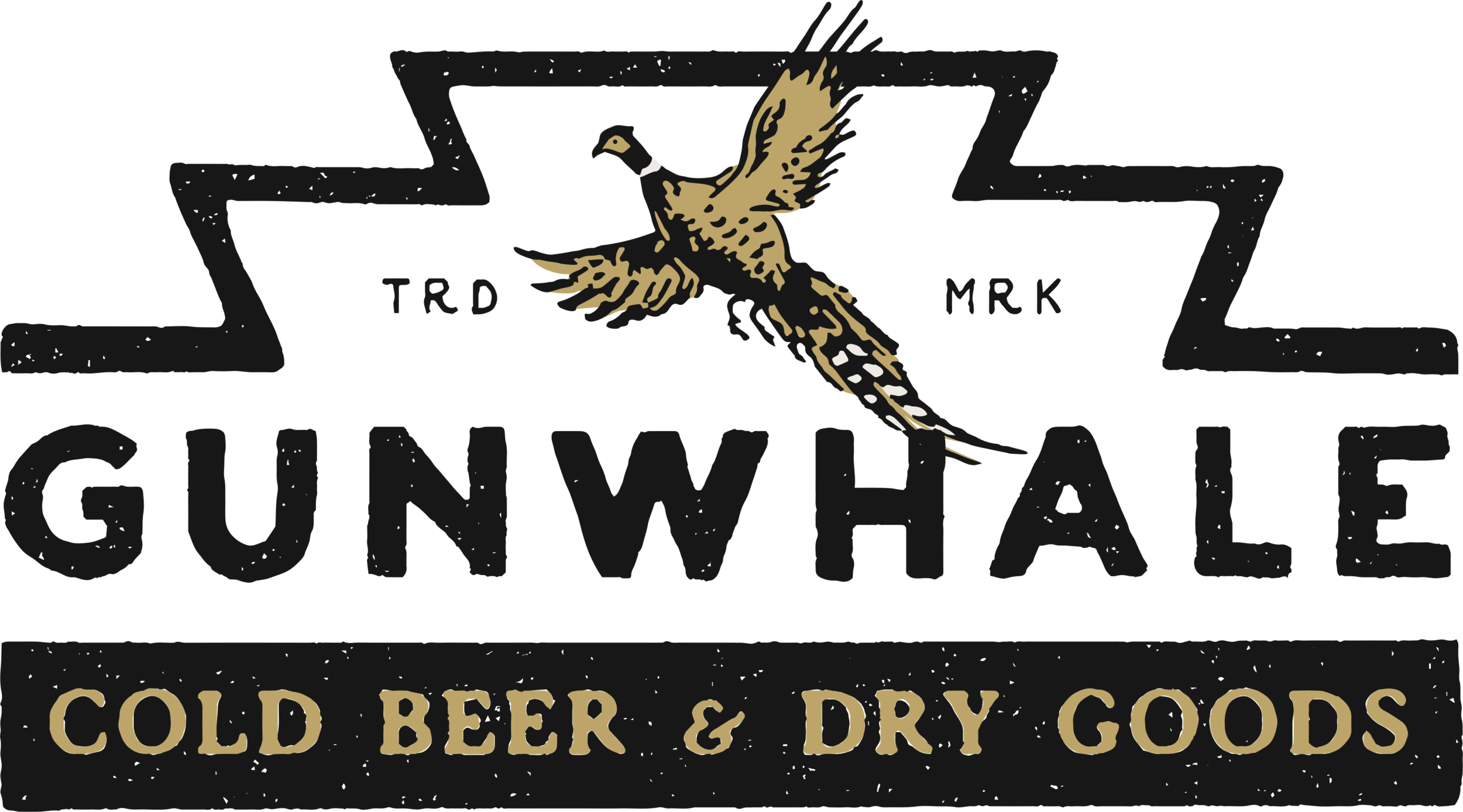High Viz and Low Viz : an exploration into new school IPAs
Today we release a special duo of IPAs, and we are pretty excited about the feedback we will receive from our local patrons that will have them:
HIGH VIZ, a Brut IPA at 6% ABV, built from 2 Row Barley and flaked corn.
and
LOW VIZ, a Hazy IPA, also 6% with 2 Row Barley and Wheat.
Both beers have the same hops: Simcoe, Ekuanot and Hallertau Blanc. One minor difference is that Kevin used no hot side hops on the Hazy IPA, and a few lbs. of Chinook in the whirlpool for the Brut. Otherwise we approached them the same.
They are named after the diving terms for underwater visibility...but beyond their appearance, we were interested in seeing how the hop profiles would differ in these two new school IPA styles.
Due to consumers’ ever-changing demands and thirst for beer knowledge, drinkers are often lately taken by what I refer to as “shiny new object syndrome”. However, one of the greatest parts about being a small batch brewer at this point on the beer continuum is the ability to innovate, teach, and explore the depths of a beer style. With small batches, we can meet this demand, brewing new beers every week and allow our fans to experience new offerings. The degree of difficulty in hitting a recipe is underappreciated, so big ups to Kevin Hammons, our Head Brewer who slays the unpiloted release!
Even though drinkers want variety, IPAs still dominate the landscape. Despite some fun we have with farmhouse beers, the IPA continues to hold court over all else in our taproom like most places. Specifically, the Hazy IPA hails as current king of the moment, literally taking the world by storm. The interesting thing is that brewers have really been pressured to meet demand for these beers…for the most part, I have found consumers to be more narrow in their willingness to let their local brewers interpret the style. Generally speaking, drinkers mostly want clones of a few Northeast producers whose cloudy juice bombs are often too difficult to obtain outside of the underworld of beer trading. . In planning our brewery some 4 to 5 years ago, the Hazy IPA was honestly not on our radar yet, but rustic, aromatic and hop forward was the profile we sought to focus upon. Though brewing them is quite a bit different than previous manifestations of IPA, it was easy for us to want to explore them. There is still a lot to learn about them, and where the edges of brewing science can take them, if consumers are open to it.
And then earlier this year, out of the Bay Area emerged a response to the West Coast vs. East Coast IPA standoff. The more drinkable, lighter bodied, lower bitterness and dry profile places it between the two uber popular approaches. At Gunwhale, we also saw the Brut’s dry and hop forward profile right up our alley. For us, our ultra dry clean Saisons with their aromatic and estery profiles drink this way too. So we jumped on the chance to make a few. The style’s newness though, means there is a lot that is unknown and unexplored. We have brewed a couple of these now, with and without adjuncts, with a clean ale yeast as well as Sacch Brux Trois fermented in wood. I hope people will ultimately be open to learning about them, trying various versions, and show openness to brewers creative impulses, both within IPA territory and throughout all classic beer styles and future inventions. We for instance, are pretty excited about our #hopforwardyeastdriven hybrid styles.
So on to the beers! As we expected, there was quite a difference in aroma and flavor. With Low Viz (the Hazy), the residual sweetness and yeast characteristics for London III accentuated the fruitiness of the hops. High Viz (the Brut) exhibited more dank and stemmy notes. Both are low in bitterness in terms of IBU, but the dryness of the Brut has heightened perceived bitterness. Kevin believes it is likely that the fermentation schedule is affecting the flavor. For instance, the Hazy is being dry-hopped during active primary fermentation, while the Brut this happens in secondary fermentation, when the beer is finishing to negative gravity.
Let us know what differences you notice. We do these “projects” as much for you as it is for us. If you love Hazy IPAs due to their low bitterness, try a beer with the fruity hops but a much leaner body and crisp finish, and take note if it has higher drinkability (sessionability). For an interesting test at the taproom, have us pour them side by side. Think about whether or not the beer’s appearance might be affecting your aroma perception. I loved the Foeder-fermented Brut IPA we did called Yacht Party, but for me, its high carbonation and bone dry finish made the beer, and I felt despite its less than crystal clear appearance, it was a proud take on where the Brut can expand to. Let us know where you think we should explore next!

